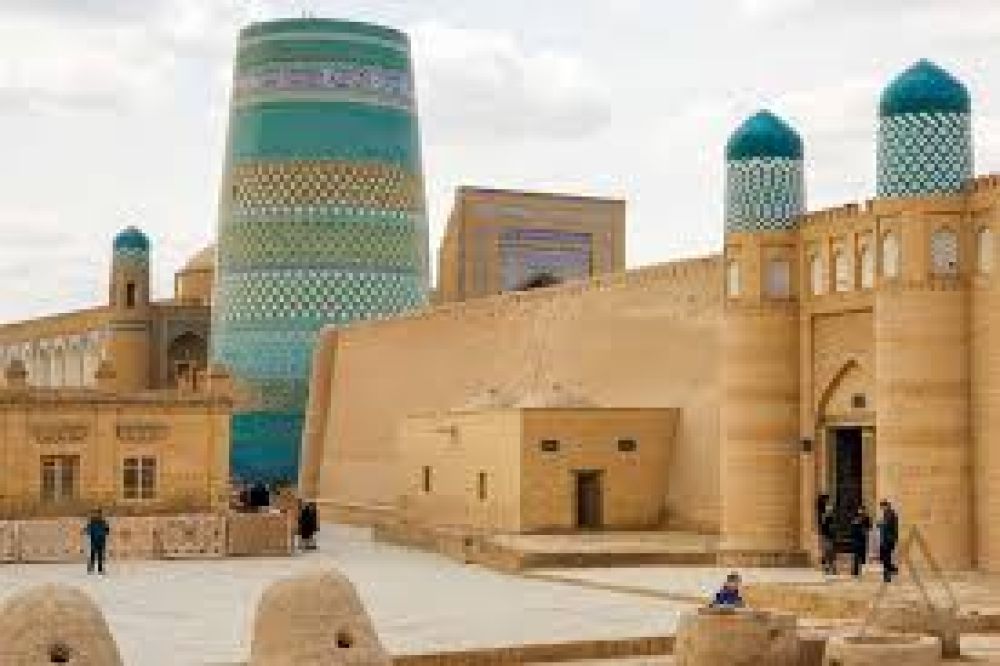

Khiva, a city of ancient wonders and architectural grandeur in Uzbekistan, has been catching the eyes of tourists for decades. Among its numerous historical landmarks, the Kalta Minor Minaret stands tall as one of the most iconic symbols of the city’s rich past. Below, we delve into the history of tourism in Khiva, spotlighting the marvellous Kalta Minor Minaret, and exploring the latest tourism trends in this UNESCO World Heritage site.
The history of tourism in Khiva is relatively young, particularly in comparison to its ancient heritage. As part of the Silk Road, Khiva has always been a crossroads of cultures and a center of trade. However, it wasn't until the latter part of the 20th century that Khiva began to gain significant international attention as a travel destination. With Uzbekistan's independence in 1991, travel policies became more tourist-friendly, and the region's historical sites started drawing global tourists.
The Kalta Minor Minaret, meaning the 'Short Minaret,' is an unfinished structure that promises a glance into the ambitious architectural endeavors of the past. Commissioned by Mohammed Amin Khan in the mid-19th century, it was intended to be the tallest minaret in Central Asia. Unfortunately, the Khan's untimely death in 1855 left the minaret at its current height, a magnificent structure adorned with vibrant blue tiles and intricate patterns that never fail to command admiration from its visitors.
Today, Khiva is experiencing a renaissance in tourism, embracing both its storied past and the demands of modern travelers. Recent trends include:
As part of the Ichan-Kala fortress, a visit to Kalta Minor Minaret offers a glimpse into the past through its majestic form. The best times to visit are during spring and autumn, when the weather is most favorable. Although one cannot climb the minaret, its exterior beauty alone makes it a must-see for anyone visiting Khiva.
Travelers to Khiva can enjoy a range of modern amenities without losing the historical charm of the city. Today, the city is well-equipped for international and domestic tourists, offering various accommodations, culinary delights, and convenient transportation links.
In conclusion, Khiva and the Kalta Minor Minaret represent the essence of Uzbekistan's historical tourism, interwoven with contemporary trends that cater to the desires of the modern explorer. The allure of this city, underscored by its towering turquoise minaret, remains an unforgettable encounter for those who walk its ancient streets.
Before embarking on this journey into history and architectural splendor, ensure you check the latest travel advisories and local guidelines to maximize your experience in this remarkable corner of Central Asia.